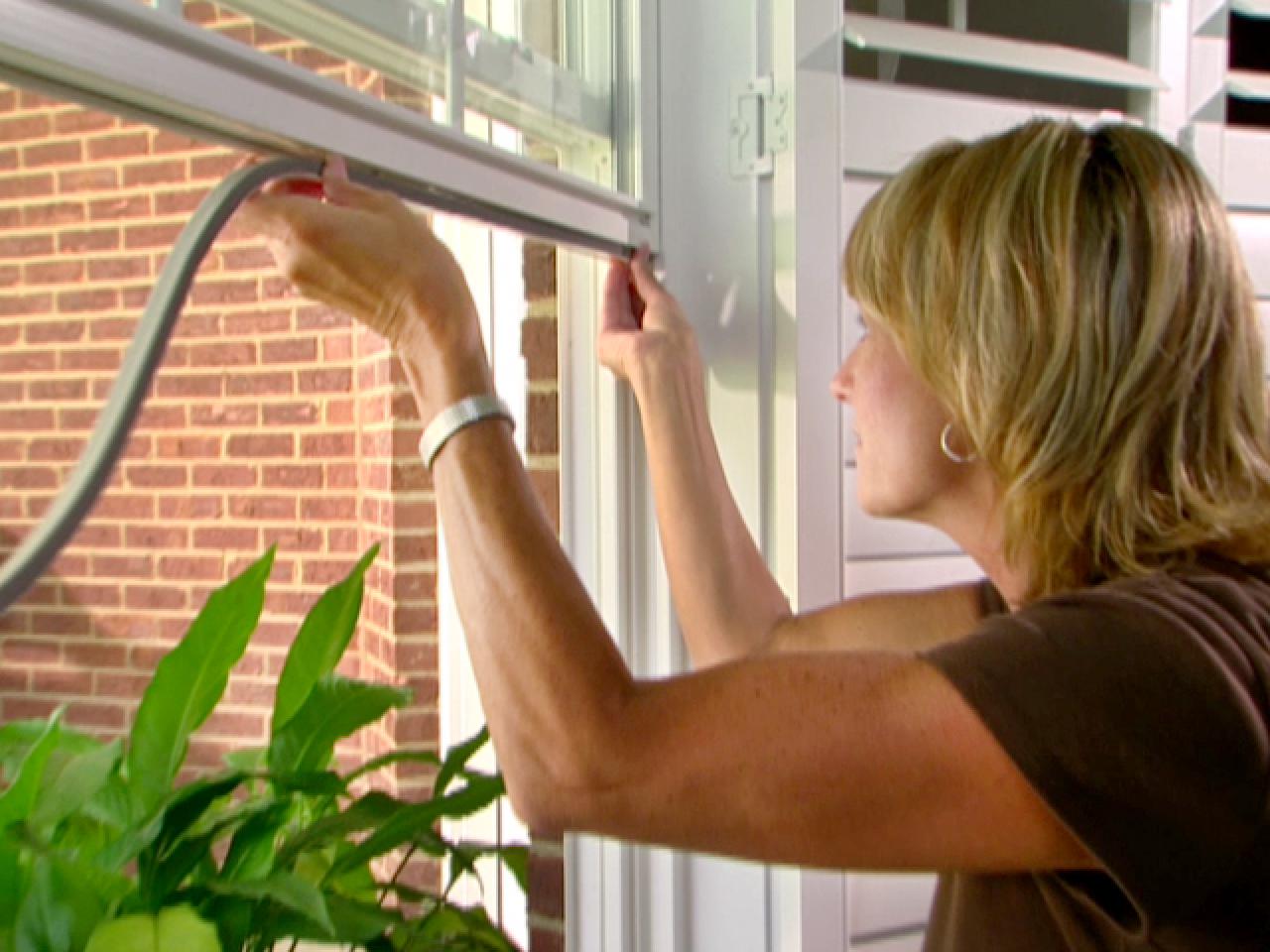Vacuum glass is getting increasingly popular since the price has dropped dramatically over the last several years.

Sustainable development that also reduces the need for energy
Efforts should be made to lower both costs and load-bearing capacity. Lightweight and small insulated glasstriple-glazed windows with a thickness ranging from 42 to 50 mm are required in many passive structures. 12-millimeter overall length is the bare minimum for 3-6-3 arrangement. With huge vacuum glass production you need to think about the proper results.
When vacuum glass with a 6-millimeter thickness is used, it is possible to minimise the use of aluminium profiles and PVC profiles while increasing the amount of light that enters the window or door at the same time (mm). It will allow the architect to show his or her ideas more freely, and the new windows may one day be able to totally replace the old ones. You can expect the best possible performance from your glass with the difference between vacuum glass and insulated glass.
A glass sculpture, the Glass Formations are exhibited in the Museum of Modern Art in New York City
Insulated glass with one low-E silver layer is 1.8; with two layers of low-E, it is 1.65; and with three layers of low-E silver layer it is 1.66, respectively. The U values for single, double, and triple silver low-E are 1.8, 1.65, and 1.66, respectively. Vacuum glass has a U value between 0.8 and 1 since there is no air in between the two pieces of glass. Low-e coatings, on the other hand, may reduce the value to as low as 0.5 or even lower. It is imperative that we decrease our reliance on fossil fuels and harmful pollutants such as carbon dioxide in order to produce electricity for cooling and heating our homes and offices (CO2). Low-carbon building criteria may now be met thanks to this groundbreaking new construction material.
In addition to the reasons indicated above, vacuum glass has better sound-insulating properties than other insulated glass options. One of the things that contribute to its improved toughness is its capacity to withstand wind twice as much. All of this may be discovered via the comparison of vacuum vs. double glazing. The best vacuum glass sealing technology makes it perfect.

Insulated glass does not shatter since it is made in a low-pressure section of the plateau
Vacuum glass and insulating glass are not interchangeable terms, as is often believed. Both types of glass are utilised for a wide range of various purposes, and their prices reflect this. The damaged aluminium doors and windows of bridges have had the insulating glass replaced with safety glass in the majority of cases. A high strength-to-weight ratio is achieved by using insulating glass. Desiccant and air-tight composite glue are used to connect the glass pieces to the aluminium alloy frame, which helps to keep the glass components dry throughout installation and use. It’s advantageous since it may keep the space cool and quiet.

Conclusion
Vacuum glass can only be found in places like labs and military bases if you’re searching for it specifically. For new doors and windows in private homes, vacuum glass is becoming increasingly popular because of its outstanding sound and heat insulation capabilities. Vacuum glass can control both direct energy transmission and air movement, providing for the most effective heat radiation possible. It is possible to keep vacuum glass from overheating since there is no medium or convection in the vacuum chamber.


